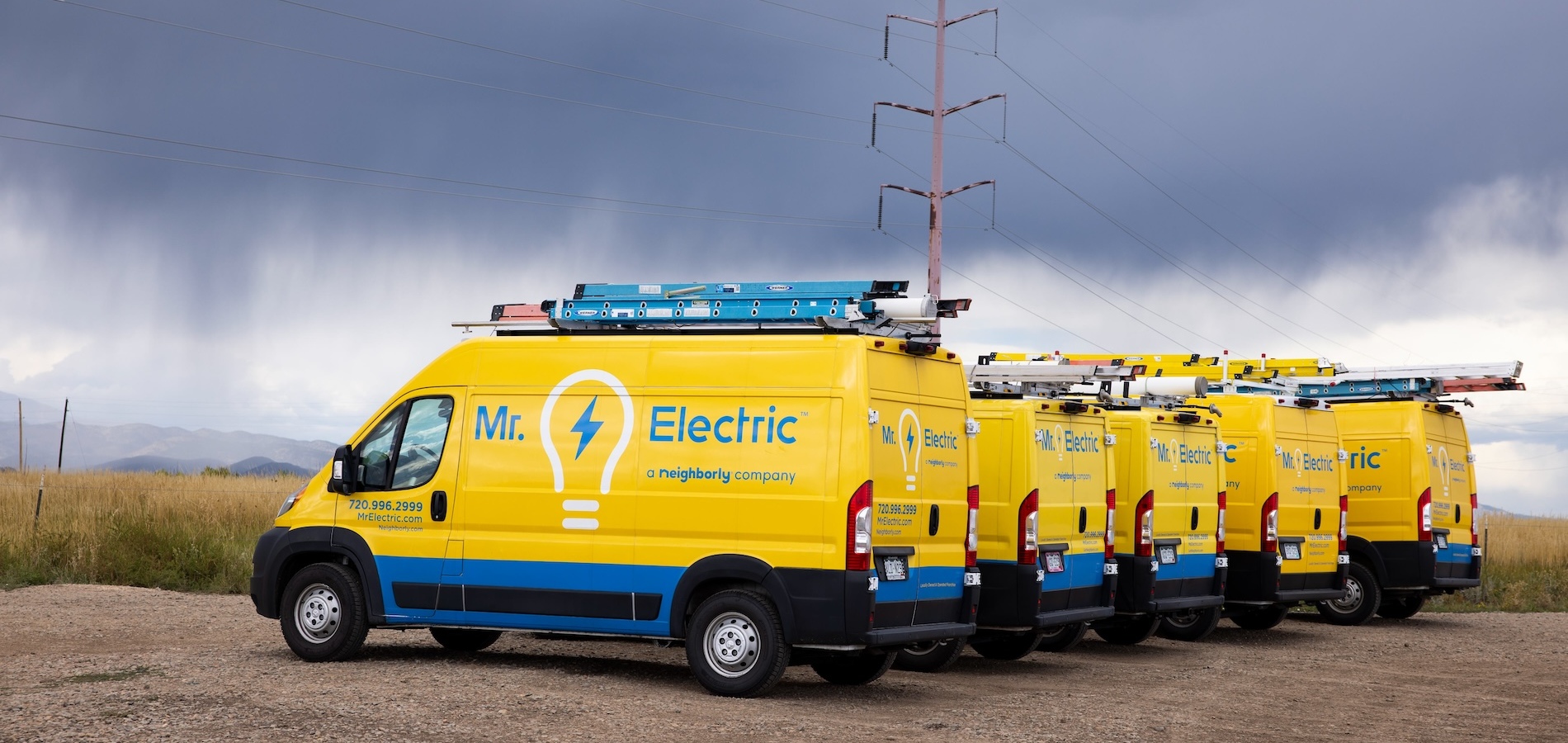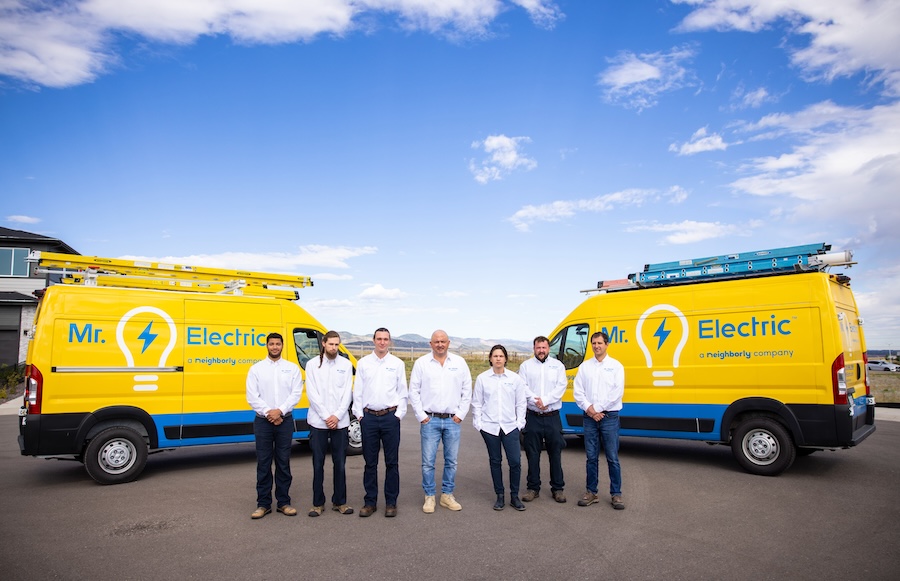Menu
- Home
- Electrical Services
- Generator Installation
- Surge Protection Installation
- Electrical Outlet Replacement
- Electrical Wiring
- Electrical Repair
- Electrical Panel Replacement
- Electrical Contractor
- Electric Vehicle Charger Installation
- Commercial Service
- Ceiling Fan Replacement
- Circuit Breaker Installation
- Electrical Inspection
- Smart Home Automation
- Lighting
- Blog
- Reviews
- Coupons
- Contact Us
- Service Areas
- Aurora, CO
- Bow Mar, CO
- Castle Pines, CO
- Castle Rock, CO
- Centennial, CO
- Cherry Creek, CO
- Cherry Hills Village, CO
- Columbine, CO
- Denver Tech Center, CO
- Denver, CO
- Englewood, CO
- Greenwood Village, CO
- Highlands Ranch, CO
- Ken Caryl, CO
- Littleton, CO
- Lone Tree, CO
- Parker, CO
- Roxborough Park, CO
- Sheridan, CO
- Southglenn, CO
- Locations
- Career
- About Us
- FAQs
Licensed & Certified Electricians in Denver, CO
Call this Friday to Get
$35 OFF
Call Us Now
720-797-9982- Home
- Electrical Services
- Generator Installation
- Surge Protection Installation
- Electrical Outlet Replacement
- Electrical Wiring
- Electrical Repair
- Electrical Panel Replacement
- Electrical Contractor
- Electric Vehicle Charger Installation
- Commercial Service
- Ceiling Fan Replacement
- Circuit Breaker Installation
- Electrical Inspection
- Smart Home Automation
- Lighting
- Blog
- Reviews
- Coupons
- Service Areas
- Aurora, CO
- Bow Mar, CO
- Castle Pines, CO
- Castle Rock, CO
- Centennial, CO
- Cherry Creek, CO
- Cherry Hills Village, CO
- Columbine, CO
- Denver Tech Center, CO
- Denver, CO
- Englewood, CO
- Greenwood Village, CO
- Highlands Ranch, CO
- Ken Caryl, CO
- Littleton, CO
- Lone Tree, CO
- Parker, CO
- Roxborough Park, CO
- Sheridan, CO
- Southglenn, CO
- Locations
- About Us
- FAQs



.webp)

